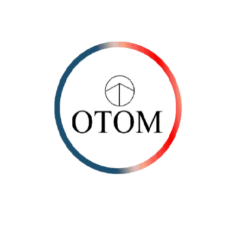When it comes to trusting thermal camera measurements, it’s crucial to consider the complexities associated with emissivity. Emissivity refers to the surface’s ability to emit infrared radiation and is a critical factor in accurately determining temperature through thermal cameras. However, emissivity is not a constant value and can change with temperature due to the behavior of the surface’s molecules.
Thank you for reading this post, don't forget to subscribe!Emissivity or Myth
To ensure reliable temperature measurements, it’s essential to account for the emissivity of the object being observed. Setting the correct emissivity value is crucial because it directly affects the temperature readings provided by the thermal camera. Even a slight variation in emissivity can result in noticeable differences in the measured temperatures. For instance, setting an emissivity of 1 may yield a maximum temperature of 509 degrees Celsius, while a slightly lower emissivity of 0.8 could give a maximum temperature of 592 degrees Celsius.
To minimize process uncertainty and enhance accuracy, employing a physics-based tool can provide valuable additional assurance. These tools utilize advanced algorithms and models based on the underlying physics principles governing heat transfer and infrared radiation. By incorporating detailed knowledge of material properties, surface behavior, and other relevant factors, physics-based tools can improve the accuracy of temperature predictions and reduce uncertainties associated with thermal camera measurements.
If you require extra assurance and higher accuracy beyond thermographic measurements, utilizing a physics-based tool, such as the ones developed by OTOMcomposite, can provide the additional confidence needed in temperature analysis. These tools consider a wider range of factors and offer a comprehensive approach to thermal analysis, enabling you to make informed decisions and optimize your manufacturing processes more effectively.

